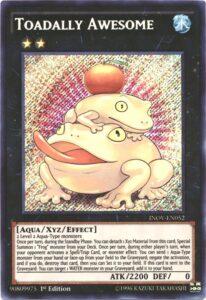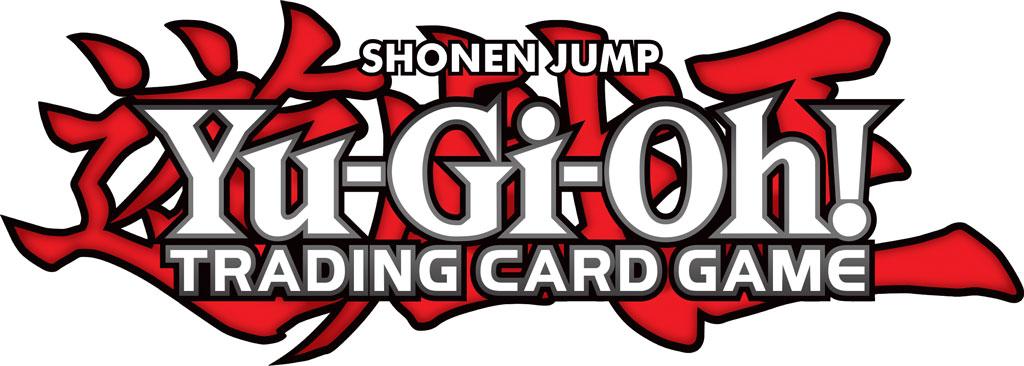The Yu-gi-oh trading card game is based on the television series of the same name. It has different mechanics from other trading card games in the same genre that allow the game to create a very different experience from Magic the Gathering, the Pokemon TCG, and Hearthstone. Yu-gi-oh is a fast card game when compared to its peer games. This dynamic is created by the lack of a resource system needed to play cards. Most other card games have a resource players need to spend to play cards, like mana in Magic. These resources limit how much players can accomplish in early turns. This is not the case in Yu-gi-oh. Going second in Yu-gi-oh when combo decks are prevalent is sometimes referred to as “watching your opponent play solitaire” because they go through so many different cards during their first turn. Players go through this dynamic where the player going first sets up a powerful board and the player going second tries their best to break it. The subsequent turns are a battle of attrition to see who can outlast the other in card advantage. Typical metrics of strength like attack and life points are far less relevant in Yu-gi-oh when compared to card advantage and board control.
The rapid pace of Yu-gi-oh makes for a flashier and more energetic experience. In Magic’s standard format it can often feel like a chore getting through those first couple of slow turns but Yu-gi-oh the first turns are long and complex. Interestingly Yu-gi-oh’s early days were not as fast paced as there were resource limits in the form of normal summoning limits that prevented players from spamming monster cards. As the years went on and the Yu-gi-oh anime continued they added more and more features to the game to tie in with the anime that essentially made those early limits meaningless; it would be impossible to go through all of them in short blog post but some examples are: the prevalence of special summoning, the extra deck, consistency pieces, hand traps, omninegates, generic draw cards, the various new extra deck monster types, and link monsters. Another unique rule mechanic to Yu-gi-oh is how there is no set rotation. In theory a card released in 2002 is still tournament legal and this affects how the game evolves, power creep, the ban list (its own whole thing as well), and so many other things but that is a can of worms that I can not afford to open. Many other trading card games are Magic The Gathering with a twist or reskin but Yu-gi-oh’s unique mechanics make it deviate from the traditional genre which makes the game compelling and interesting in different ways.

(The bestest Yu-gi-oh card Toadally Awesome!)
Also Yu-gi-oh cards are often criticized for having too much card text. The above card is about average in length.



